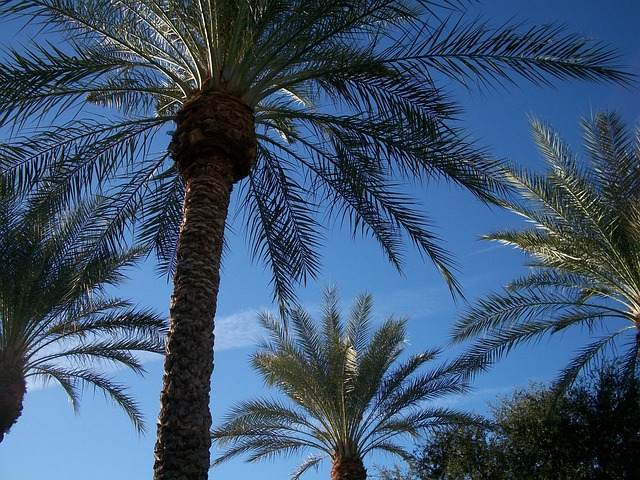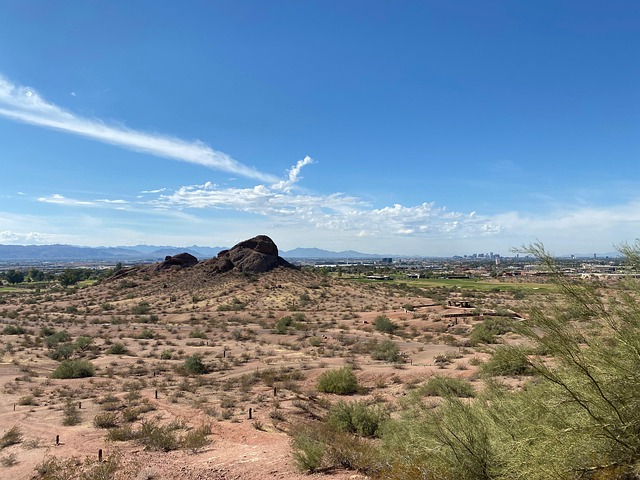The rise of arts districts is a dual reflection of cultural evolution and real estate development trends. Once neglected, these areas have transformed into bustling centers attracting artists and creative businesses through their unique ambiance and strong community bonds. This shift has sparked urban renewal, with investors recognizing the vital role of arts districts in a city's economic health, cultural identity, and overall livability. Strategic design and development, incorporating diverse gallery spaces, sustainable practices, and accessible infrastructure, create vibrant environments fostering dynamic cultures. Galleries serve as magnets for visitors, stimulating economic growth through increased foot traffic, consumer spending, property values, and desirability, making arts districts key attractions for developers and investors.
“Unveiling the transformative power of arts districts, this article explores how these cultural hubs are reshaping urban landscapes. From ‘The Rise of Arts Districts’ as a real estate trend to ‘Creating Vibrant Spaces’ through thoughtful design and development, we delve into the strategies behind their success. Further, ‘Galleries as Gateways’ reveal their crucial role in attracting diverse audiences and driving economic growth. Discover how these artistic oases are revitalizing communities and becoming integral parts of modern urban life.”
The Rise of Arts Districts: A Real Estate Trend

The rise of arts districts is not just a cultural phenomenon but also a significant trend in real estate development. Once considered peripheral, these areas have evolved into vibrant hubs, attracting artists, galleries, and creative businesses with their unique character and community spirit. The transformation of derelict spaces into thriving artistic centers has sparked a new wave of urban renewal, with real estate investors and developers taking notice.
This trend is driven by the recognition that arts districts contribute to a city’s economic vitality, cultural identity, and overall quality of life. As such, there’s a growing emphasis on integrating artistic spaces within urban landscapes, leading to a fusion of real estate and creative industries. The result is multifaceted: it revitalizes neighborhoods, fosters community engagement, and creates diverse, desirable living environments that appeal to a wide range of residents.
Creating Vibrant Spaces: Design and Development Considerations

Creating vibrant spaces is at the heart of transforming underutilized areas into thriving arts districts. In real estate, this involves thoughtful design and development strategies to engage both artists and the local community. Incorporating diverse gallery spaces that cater to various artistic mediums and styles fosters a dynamic environment where creativity thrives. Architects and urban planners can enhance the visual appeal by incorporating bold facades, intricate architecture, and innovative lighting designs, making these areas destinations in their own right.
Sustainable practices and accessibility are key considerations. Utilizing eco-friendly materials and energy-efficient systems not only reduces environmental impact but also contributes to the overall aesthetic and appeal of the district. Ensuring pedestrian-friendly pathways, ample green spaces, and convenient parking or public transport options makes these arts hubs accessible to all, encouraging visitors and artists alike to immerse themselves in the vibrant culture on offer.
Galleries as Gateways: Attracting Audiences and Driving Economic Growth

Galleries play a pivotal role in any arts district, acting as gateways that attract diverse audiences and drive economic growth within the surrounding real estate. They offer more than just exhibits; they create experiences that resonate with locals and tourists alike, fostering a sense of community and cultural appreciation. Each gallery becomes a unique destination, drawing people from all walks of life to explore, engage, and connect.
This artistic hub effect reverberates throughout the local economy. From increased foot traffic and consumer spending at nearby businesses to the elevation of property values and enhanced desirability of the area, galleries serve as powerful catalysts for real estate development. Developers and investors alike recognize the potential of arts districts, understanding that vibrant cultural spaces attract talent, promote tourism, and contribute to a dynamic, thriving urban environment.






